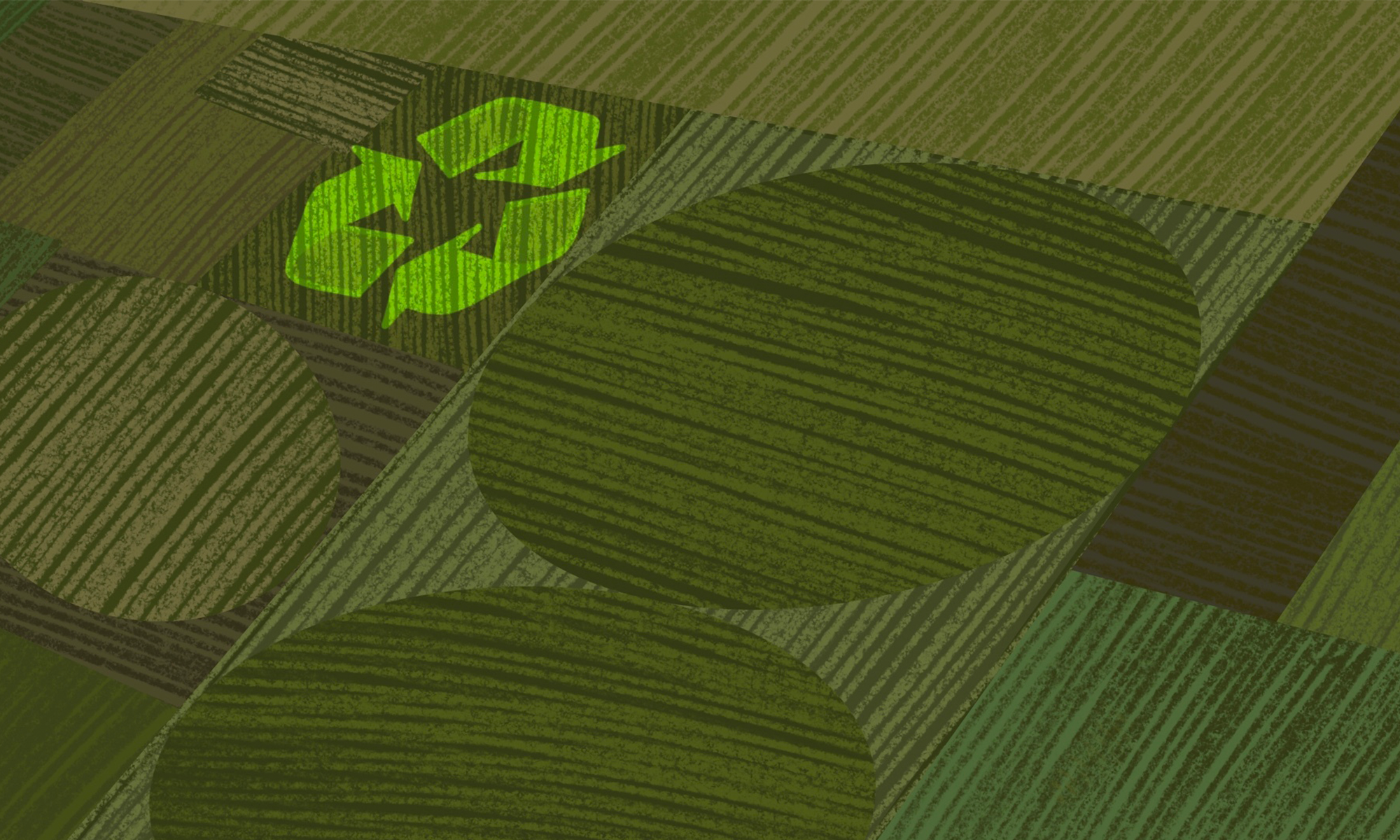
Land protection and resource management are at the forefront of climate change discourse. Food and water are crucial to all living beings on the planet, and the conventional practices that have been adopted by agricultural sectors around the world have been detrimental to the allocation and distribution of these essential resources.
Mamta Mehra, Ph.D is the Senior Fellow Land Use and Research Program Officer at Project Drawdown where she works on nature-based solutions within the Land Use and Food sectors. In this interview, Mamta delves into the systemic nature of these solutions and demonstrates the need to think about the implementation of these solutions in a holistic manner. Whether that means managing the use of water, diversifying crops, or minimizing produce wastage, all these elements contribute to minimizing the effects of climate change. As a climate leader herself, Mehra believes that anyone can be a climate leader, capable of creating and influencing meaningful change at any level.
Mamta Mehra: The way we are conventionally cultivating our croplands and grassland for agricultural produce and livestock rearing is very industrialized. A lot of chemical inputs are being poured in over the period of time. And as a result, these lands are getting infertile and farmers are abandoning those land areas, besides other factors associated with migration and economy. Instead of doing that, why don't we restore our abandoned farmland? We might apply a regenerative cropping system practice that is both annual as well as perennial. This can restore farmland areas, improve the health of the soil, bring back productivity, and sequester carbon. People are not talking about waste recycling. This is something also like the land, which is kind of considered a waste. It’s actually not waste. Let’s think about restoring it, and bringing life to those degraded land areas.

MM: You have to think about the food production system in a holistic manner. It's not about a particular piece of land, but global scale modeling to account for all of the forest area, grassland area, and solution areas. At Project Drawdown, what we have shown is that if we implement all of these solutions as a system, we are in a position to produce sufficient food for the current population, as well as for the growing population. Apart from the food supply side solutions, Project Drawdown has food demand-side solutions, such as reduced food waste, plant-rich diets and health and education. There are well-documented figures from organizations that have quoted 30 to 40% of the total food we produce every year gets either wasted across different supply stages, from production to consumption. There are steps an individual can take to address these issues. A plant rich diet and reduced food waste solutions, can significantly reduce the demand for the food we need to produce on the agriculture side.
MM: When you take action, you have to look for solutions based on local needs. For example, if one wants to implement conservation agriculture, there are three principles of farming that should be changed to shift from the conventional practices. First, conservation agriculture states that you don’t have to till your land. Conventional practices dictate tilling land, but by doing so, you are actually exposing carbon that is stored within the soil. When carbon comes into contact with the air, the two mix and form CO2, which is released into the atmosphere. The second principal encourages keeping soil covered. Soil that is uncovered leads to resource wastage as water used on the land will either evaporate or turn into runoff. Covering soil with crop residue or mulch builds a healthy environment that attracts earthworms and other insects that aid in composting. These organisms then help in reducing farmer dependencies on chemical fertilizers and pesticides. The third principle is applying diversified farming to croplands. Monocropping causes the soil and surrounding environment to have the same nutrients depleted every year. In order to break this cycle, there needs to not only be crop diversity, but a plan for how to create an environment on the farmland that creates a symbiotic relationship between the environment and the crops. Diversity is helpful for maximizing the rich natural resources within the soil.

MM: One of the most crucial parts of irrigation is knowing the right time to start the irrigation process. We now have tools and sensors that tell you the exact time when plants need water, so that it can be applied at the right moments. Micro Irrigation is one of the major principles of conservation agriculture, applied through drip irrigation or sprinkler irrigation. With something like flood irrigation, 50% of the water used gets wasted either through evaporation of runoff. In comparison, the sprinkler saves 20%-30% of that water loss and drip saves even more, totaling to 40% for water retention. There are also technological advancements on a genetic level when it comes to water efficacy. Scientists are working on producing seed varieties that require less water. We are living in a world where water is a very, very scarce resource. Our glaciers are melting, rivers are drying up, and there are projections from the UN showing that around 2030, water availability will continue to go down. We have to work to preserve water quantity as well as quality.
MM: Conventionally, we are clearing our prime land for biomass production. However, at Project Drawdown, we have shown that restored degraded land can be used for producing biomass, which in turn protects the prime-ecosystem, restores degraded land and generates livelihood opportunities.. We have solutions to improve rice cultivation, conservation agriculture, regenerative annual cropping multistrike to agroforestry, and perennial staple cropping. On the food demand side, you have a plant rich diet and reduce food waste. One of the barriers to the adoption of these solutions at the global scale is the limited capacity, both technical and financial, of the smallholder farmers. A large farmer might be able to take that risk, but a majority of the small farm holders across the globe need to be incentivized through these financial support. Now the government and other private agencies are coming for carbon pricing and tools that can help farmers to try out these climate solutions.
MM: Greenhouse gas emissions have gone down, also I believe that besides physical cleaning, we as human beings have also undergone some sort of maybe psychological and emotional change. We are becoming more and more responsive towards our nature. We should not just take for granted nature, because this pandemic has told us how precious human life and our Mother Earth is So yes, this has opened doors for many, many things, which seemed to be impossible, prior to COVID, but now seems to be possible.

MM: So talking about reduced food waste, a plant rich diet, family planning, shifting to biking, having LEDs at your places, opting for more public transport systems, ride sharing, improving your building efficiencies, retrofitting. A lot of these things, an individual will be able to do. And as a family, we can contribute by having solar panels in your home. These are just a few of the examples.
MM: Anyone in their capacity can be a climate leader. Someone who has the capacity to mobilize people around them about climate issues, and talk to the community around themselves to a regenerative pathway. It's about what actions you are taking for yourself, as well as for your community, and how powerful you are in engaging with the community and all that. Until we are at the very, very lowest level, until we realize and start having that kind of behavioral switch, whatever you decide at the top is not going to lead to those kinds of results. We need climate leadership at every level.
Mamta Mehra, Ph.D is the Land Use and Research Program Officer for Project Drawdown where she creates solutions within the Land Use and Food sectors.
Zhongxuan Lin is a design student at Mason Gross School of Arts.
Yogini Borgaonkar is a designer interested in creating meaningful interactions for physical and digital products.
Anna Pittas is a design student at Mason Gross School of Arts.
↑